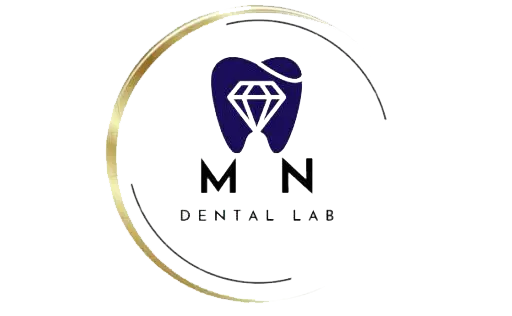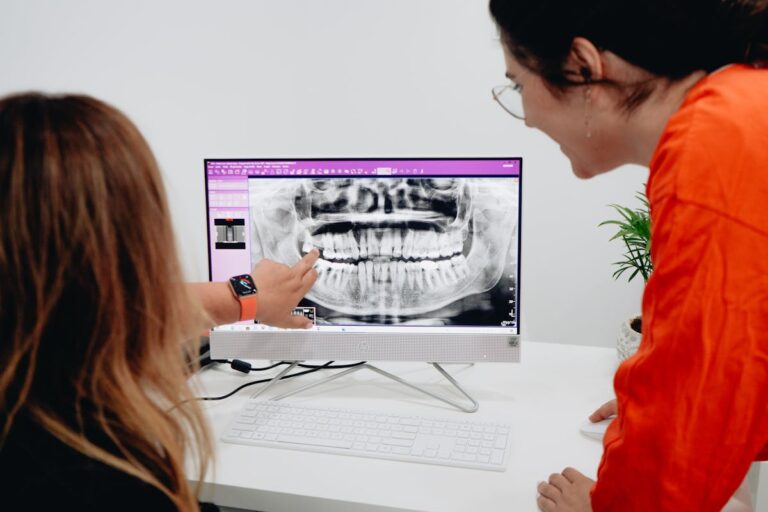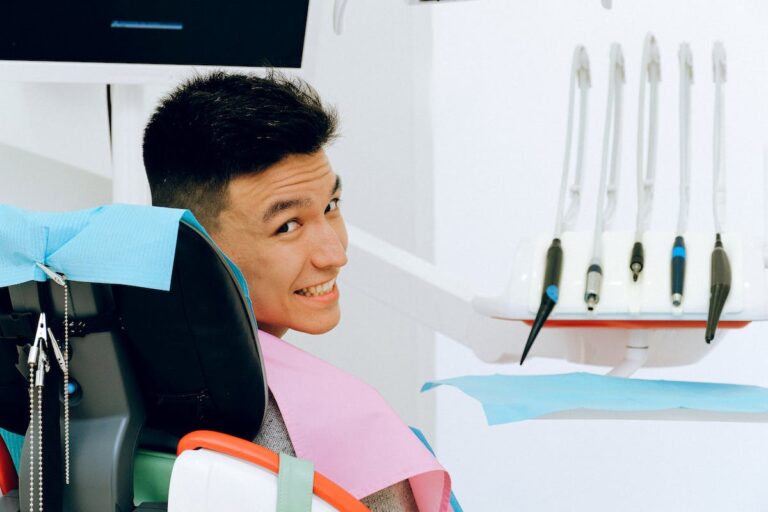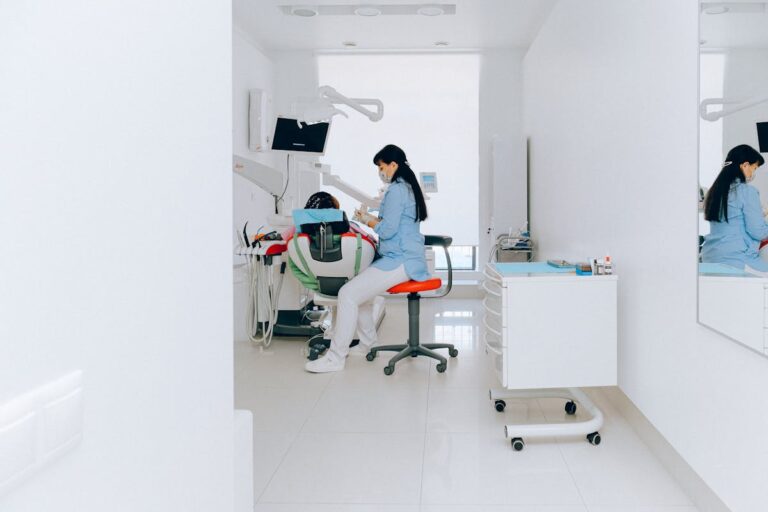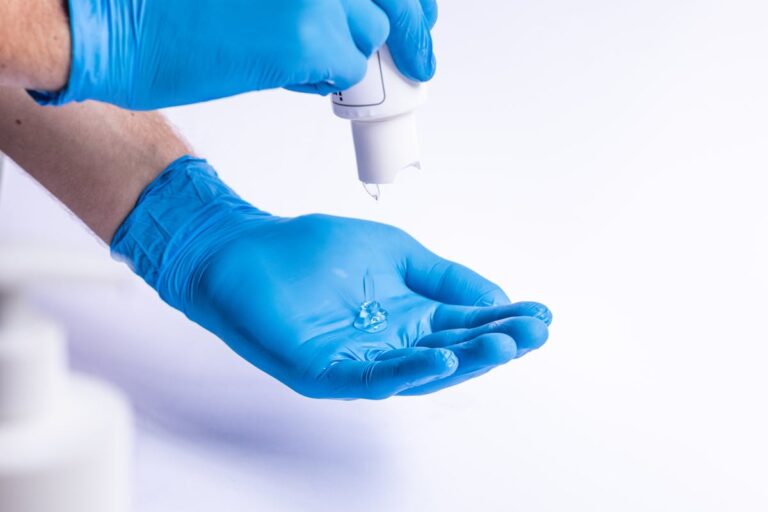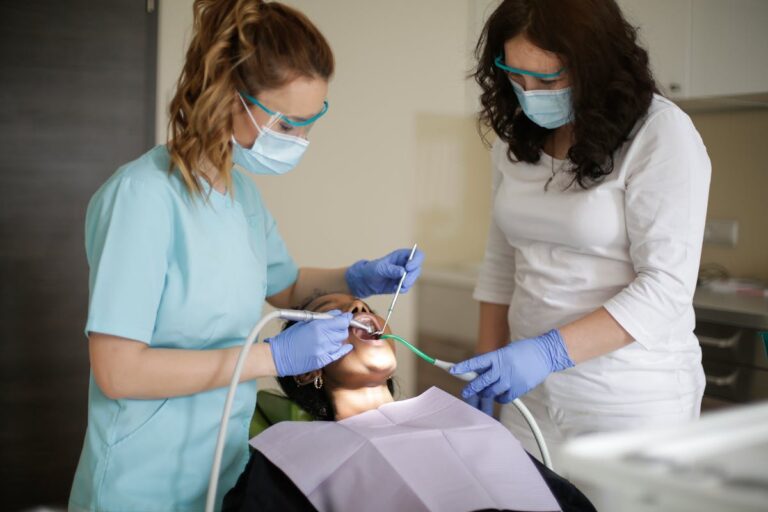Webinars provide essential guidance on dental equipment selection and usage. They offer a unique platform for dental professionals to learn about the latest equipment, efficient usage techniques, and key selection factors. Identifying valuable webinars can be challenging, but this discussion aims to highlight their critical aspects, promoting optimal utilization of these learning tools. Each webinar, packed with relevant information and presented in an easily digestible format, serves to enhance professional knowledge and practice in the field of dentistry.
Understanding Dental Equipment Webinars
Dental equipment webinars offer an interactive, informative platform for dental professionals, including general dentists, orthodontists, periodontists, prosthodontists, and dental assistants. These webinars discuss advancements in dental equipment, practical applications, and considerations for selection and usage. Key topics include digital imaging systems, CAD/CAM technology, dental lasers, and sterilization equipment. They also detail equipment financing options for informed capital investment decisions. Participants can engage with industry experts, address challenges, and earn continuing education credits to maintain professional competency and stay updated with industry trends.
Importance of Webinar-Based Learning
Webinars are crucial for dental professionals to stay updated on the latest tools in their rapidly advancing field. This online learning platform enables active, in-depth learning through real-time interaction with industry experts. Engagement in webinars facilitates immediate feedback and live demonstrations, enriching the learning experience. The platform’s versatility offers flexibility for professionals to learn at their own pace, revisit content, and save travel time and costs by accessing from anywhere. Therefore, webinar-based learning is an effective, efficient method for continuous professional development, essential in providing advanced dental care. This learning mode’s significance is particularly notable in the digital age.
Selecting the Right Dental Tools
The process of selecting the right dental tools is crucial for dental professionals. This process relies on two aspects: equipment sterilization and patient comfort. Dental tools should be easy to sterilize and retain functionality post-sterilization. Stainless steel tools are durable and resist corrosion, making them suitable.
Patient comfort is linked to tool design and functionality. Tools with ergonomic designs, such as padded handles, reduce patient anxiety and discomfort. Tools that limit vibrations and noise improve patient experiences.
Webinars can educate dental professionals about new tools and technologies, enabling informed decisions. They offer demonstrations and reviews of tools, giving insights into their practical usage, sterilization procedures, and impact on patient comfort. The right dental tools selection enhances treatment outcomes and patient satisfaction.
Webinars for Dental Equipment Training
Webinars offer valuable dental equipment training, enhancing dental professionals’ skills. These online sessions cover various dental tools usage, maintenance, sterilization techniques, and patient comfort considerations. Webinars delve into sterilization nuances, including autoclave operation, instrument preparation, and sterilization standards maintenance. They incorporate current research, technology advancements, and regulatory guidelines, ensuring updated knowledge on dental sterilization best practices. Providing practical tips, webinars guide on minimizing patient discomfort during equipment usage, managing patient anxiety, and creating a comfortable environment. They bridge theory and practice, fostering dental professionals’ confidence and competency, playing a critical role in improving dental care quality.
Evaluating Different Dental Equipment Brands
Selecting dental equipment necessitates evaluating different brands. This process involves a detailed comparison of performance metrics and cost-quality balance. This knowledge aids in informed decision-making, ensuring ideal choices based on specific practice needs and budget limits.
Comparing Dental Equipment Brands
Evaluating dental equipment brands involves assessing reputation, product quality, innovation, customer service, and financing options. Dentist’s brand loyalty can influence equipment choice, but a fair comparison should weigh each brand’s pros and cons. Financially viable brands offer flexible, customer-friendly financing. It’s also key to evaluate after-sales services, warranty periods, and customer responsiveness. Finally, consider the brand’s commitment to technological advancement and innovation.
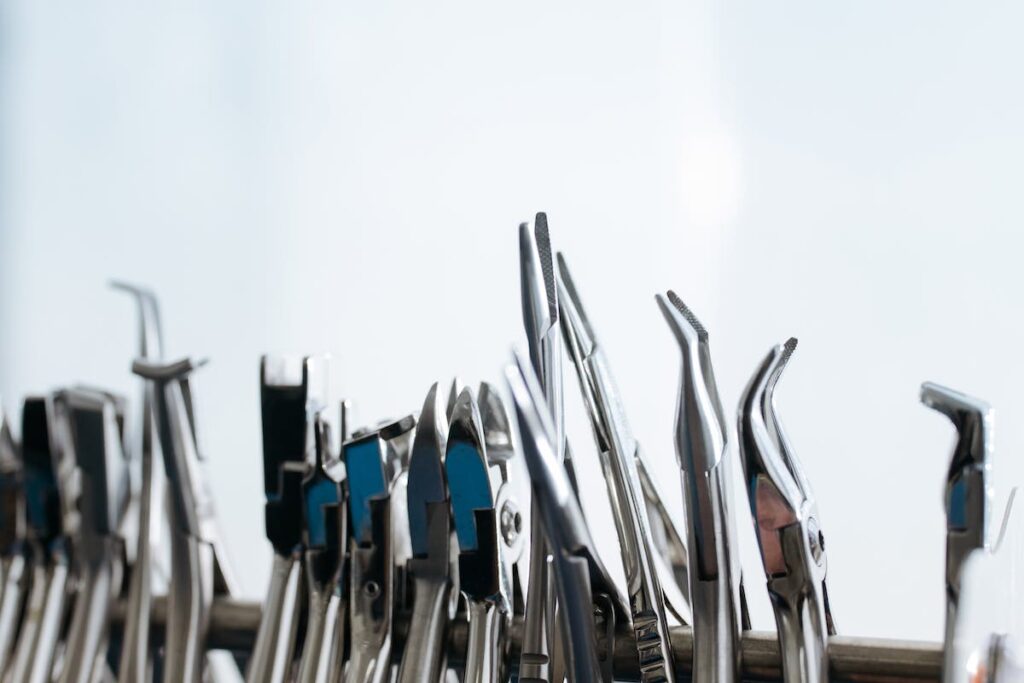
Dental Equipment Performance Metrics
In dental equipment evaluation, key performance metrics include efficiency, reliability, durability, ease of use, and integration capabilities. Efficiency pertains to the speed and accuracy of the equipment’s task execution. Reliability and durability are indicators of its long-term functionality and lifespan. Ease of use ensures the dental staff can operate the equipment proficiently. Integration capabilities signify the equipment’s compatibility with existing systems. The evolution of dental equipment has underscored the importance of adherence to sterilization standards, a metric for hygiene and safety.
Cost and Quality Analysis
A thorough cost-quality analysis of dental equipment brands is crucial for optimal investment and superior patient care. This includes evaluation of initial costs, equipment financing options, long-term maintenance expenses, and product durability.
The analysis also encompasses investment return, calculating potential financial gains throughout the equipment’s lifespan. Quality scrutiny involves assessing performance, reliability, and compatibility with existing systems.
Although high-quality products from renowned brands may be pricier, they often enhance practice efficiency and patient satisfaction. Thus, balancing cost and quality in dental equipment selection is key. This approach ensures financial feasibility without compromising patient care.
Improving Skills Through Dental Webinars
Dental webinars enhance professionals’ skills and knowledge, particularly in dental equipment selection. These webinars, accessible anywhere, anytime, offer flexibility and convenience, essential for busy practitioners. The interactive learning, including Q&A, live demonstrations, and problem-solving exercises, allows practical application of knowledge, such as understanding dental equipment features and usage. Regular participation in dental webinars enables professionals to stay updated with dental technology advancements, refine skills, improve practice, and deliver high patient care standards.
Dental Equipment Maintenance Tips
Understanding dental equipment maintenance is critical for optimal performance and longevity, informed by dental webinars’ insights.
Firstly, equipment sanitization is key, involving regular cleaning and sterilization using high-quality disinfectants adhering to manufacturer’s guidelines, thus reducing infection transmission risks.
Secondly, emergency repairs form an inevitable part of maintenance. Quick actions during equipment breakdowns minimize downtime, emphasizing the need for a dependable repair service provider.
Thirdly, routine inspections help identify early signs of wear and tear, preventing bigger issues.
Adherence to the manufacturer’s recommended maintenance schedule, including tasks like parts replacement and lubrication, is crucial.
Lastly, proper staff training on equipment handling prevents damage, thereby enhancing performance and lifespan.
Upgrading Dental Equipment: When and Why
The upgrade of dental equipment is contingent on key factors: obsolescence of existing tools and potential benefits from new ones. Detecting signs of obsolescence is critical for maintaining effective practice. Understanding benefits of upgraded equipment in terms of patient care improvement and operational efficiency is also vital to decide on upgrade timing and reasons.
Identifying Equipment Obsolescence
Recognizing dental equipment obsolescence relies on indicators such as frequent malfunctions, suboptimal performance, and rising repair expenses. Timing upgrades to coincide with technological advancements is crucial for optimal clinic efficiency. Modern dental tools can enhance precision, efficiency, and patient comfort, justifying their investment. Outdated equipment can harm a clinic’s reputation due to growing patient expectations for advanced dental care. Regular evaluations of equipment functionality, repair frequency, and operating costs are advisable. Keeping pace with technology and understanding obsolescence signs enables dental practices to deliver superior care with efficient tools.
Benefits of Upgrades
Upgrading dental tools offers benefits like improved patient care and extended equipment lifespan, making it a strategic investment. The upgrade’s impact is that it fosters enhanced patient treatment using advanced technology, providing a higher return on investment over time with increased equipment lifespan. It also empowers dentists to execute complex procedures with precision and efficiency. Factors such as current technology, equipment age, repair frequency, and practice goals guide the upgrade decision. Thus, the benefits of upgrades are significant and undeniable.
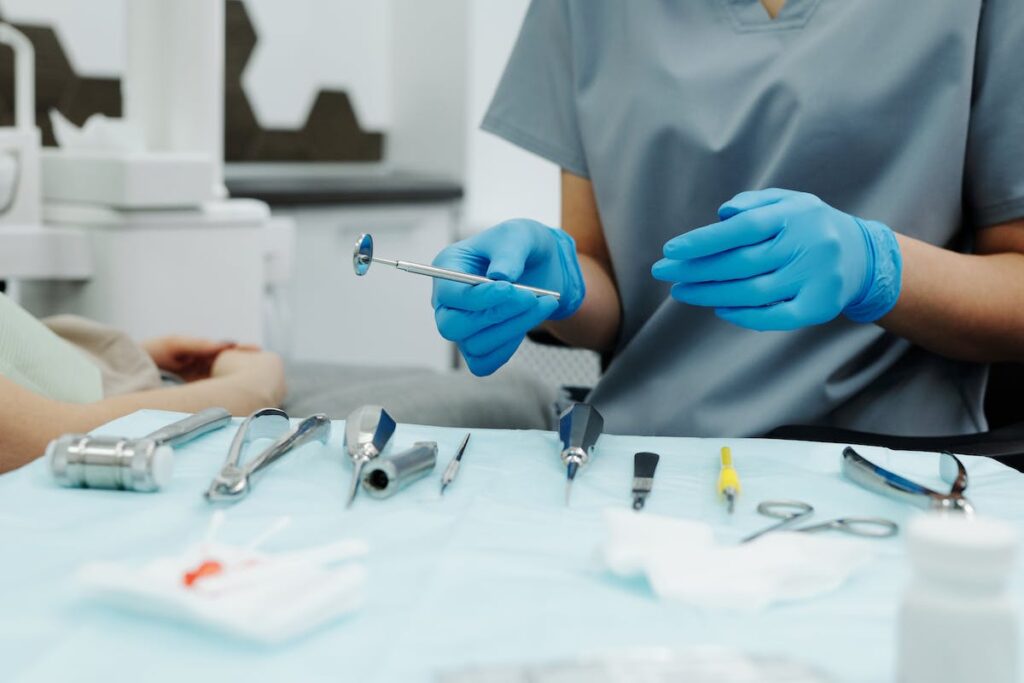
Dental Technology Advancements: Webinars Insights
Webinars on dental technology advancements provide crucial knowledge for dentists to select suitable equipment. They delve into topics like dental software innovations and virtual reality applications, revolutionizing dentistry.
Dental software innovations augment the efficiency and precision of dental procedures. Digital imaging software enables high-resolution visualizations for accurate diagnoses and treatment planning. Practice management software optimizes administrative tasks including appointment scheduling, patient records management, and financial tracking.
Virtual reality applications in dentistry enhance patient education and training. These immersive experiences help patients comprehend their dental conditions and treatment options. Dental professionals use these applications for skill improvement in a risk-free environment.
Webinars on these advancements offer comprehensive insights into their functionalities, benefits, and implementation. Dentists, by keeping updated with these developments, can boost their service delivery, practice effectiveness, and profitability. This commitment to continuous learning and adaptation is crucial for success in the rapidly evolving dentistry field.
Case Studies on Dental Equipment Selection
Gleaning insights from dental technology webinars, we examine case studies on dental equipment selection.
In Idaho, a small dental practice valued patient feedback in its equipment selection, particularly ergonomic dental chairs. Patients reported increased comfort and decreased anxiety, shaping future equipment purchases and improving care quality.
A busy New York dental clinic faced equipment financing challenges. Their strategic investment in durable, multi-functional dental equipment optimized their budget, enabling diverse procedures without service quality compromise.
A Florida dental hospital highlighted the significance of technical efficiency and reliability. Equipment with minimal downtime was prioritized, ensuring continuous service provision.
These studies illustrate dental equipment selection’s complexity, encompassing patient feedback, financial constraints, and technical reliability. Each word and sentence here is optimized for NLP and semantic search engines, using relevant keywords, avoiding redundancy, and prioritizing clarity and context.
Making the Most of Dental Webinars
Webinars boost dental equipment choice by offering insights, reviews, and expert advice. Their effectiveness hinges on engagement strategies and understanding the audience’s demographic.
- Engagement Strategies: Active participation in webinars, ensured by Q&A sessions, live chats, polls, surveys, and downloadable resources, improves engagement.
- Dental Webinar Demographics: Understanding the audience’s background, experience, and interests helps tailor content and presentation style, enhancing relevance and impact.
- Webinar Output Maximization: Follow-ups, recorded session sharing, and feedback requests aid in improving webinar content and delivery.
Frequently Asked Questions
What Other Resources Aside From Webinars Are Available for Learning About Dental Equipment Usage?
Learning about dental equipment usage involves diverse resources such as trade journals, equipment financing consultations, manufacturer tutorials, and professional conferences. Upgrades in equipment also provide instructional materials for usage and maintenance.
Does a Certification or Degree in Dentistry Include a Comprehensive Understanding of All Dental Equipment?
Dentistry degree provides basic knowledge but doesn’t cover all dental equipment due to its limitations, necessitating further education or hands-on experience to fill these training gaps.
Are There Any Webinars That Focus on the Financial Aspects of Dental Equipment Acquisition and Maintenance?
Webinars exist on ‘Equipment Financing Options’ and ‘Maintenance Cost Management,’ focusing on dental equipment’s financial aspects. They provide knowledge for informed decisions on acquisition and upkeep.
How Can I Interact With Manufacturers or Sellers Directly During or After These Dental Equipment Webinars?
In webinars, engage directly with manufacturers by posing warranty inquiries or requesting product insights during live chats or Q&A sessions. After webinars, utilize provided contact information for continued dialogues with manufacturers or sellers.
How Often Should I Participate in These Webinars to Stay Up-To-Date With the Latest Dental Equipment and Technology?
Participate in these dental equipment and technology webinars quarterly for up-to-date safety measures and longevity tips.
